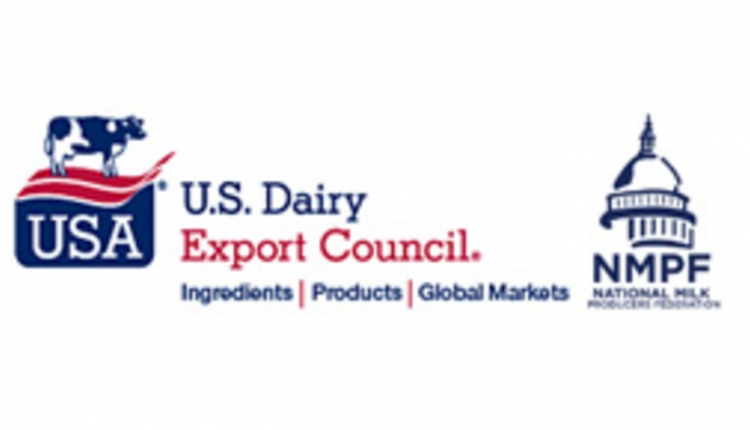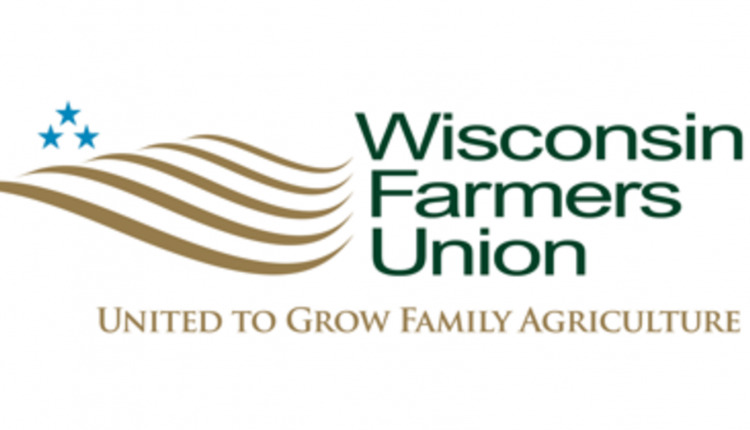As printed in our July 2017 issue . . .
WISCONSIN, MICHIGAN, AND NEW YORK accounted for 44 percent of the nation’s milk growth from 2010 to 2016. Wisconsin climbed 4.1 billion pounds or 10.2 percent; Michigan grew 2.5 billion pounds for a whopping 30.6 percent growth rate, and New York expanded 2 billion or 16.1 percent.
THAT “NEW-MILK” NUMBER JUMPED to 70 percent when adding three more states. Texas grew 1.95 billion pounds or 22 percent; Idaho, up 1.89 billion pounds or 15 percent; and Colorado, rose 1.1 billion or 39 percent.
THE EXTRA MILK TOOK ITS TOLL on Class I, premium-value, fluid milk sales that fell 11.3 percent from 2012 to 2017 in the Northeast order. During the same time, Class III utilization for cheese rose 21.8 percent.
CALIFORNIA SET THE FRAMEWORK for a stand-alone quota program should the state enter the Federal Milk Marketing Order system. The California Producer Review Board approved that measure on June 15.
THE STATE-RUN MILK QUOTA system was created in 1969. About 2.15 million pounds of solids-nonfat quota are currently owned by producers, having a collective market value of nearly $1.2 billion.
IT MAY HAVE BEEN ONLY $15 PER COW, but at least it was a positive cash flow number for the 457 dairy farms in the Farm Credit East’s 2016 financial survey. That compared to a $30 loss per cow just one year earlier. Survey herds averaged 403 cows per farm, up from 374 the pervious year.
DAIRIES IN ALL SEVEN WESTERN STATES LOST MONEY last year on both a per-cow or per-hundredweight basis, according to Frazer Certified Public Accountants and Consultants. For five of those states, that marked back-to-back years of net dairy operation losses.
NEGATIVE CASH FLOWS WERE MOST SEVERE in New Mexico where dairy farmers lost $358 per cow. California’s Central Valley ranged from $230 to $257 per cow; Arizona was $201. Idaho, Oregon, Washington, and Texas all were under $80 per cow or 12 to 37 cents per hundredweight.
PERSISTENT LOW PRICES over the past two years triggered the slowest worldwide growth in milk production since 1998, reported the IFCN Dairy Research Network. While milk flow rose in India, the U.S., and the Netherlands, the slowest growth in two decades occurred in China, Brazil, the Philippines, and Mexico, noted the German-based group.
BRIEFLY: Dairy cow culling climbed by 22,600 head to reach 237,200 cows in May when compared to the same month last year. Nationally, May milk grew 1.8 percent as Texas led all gainers up 14.7 percent followed by Colorado at 7.3 percent. California and Wisconsin cut milk flow by 1.1 and 0.7 percent, respectively. CME milk futures averaged $16.78 for July to December Class III contracts. USDA halted beef imports from Brazil over concerns on safety inspections.
In your next issue!
TAXI DRIVERS AND DAIRY FARMERS HAVE A LOT IN COMMON.
Insights from a New York City cab driver study sheds light on marketing dairy products and could help us better match supply and demand.
DIGITAL DERMATITIS IS HERE TO STAY.
Extension agents evaluated nearly 12,000 cows to determine digital dermatitis prevalence.
IMMUNITY, INFLAMMATION, AND TRANSITION COWS.
Can we improve immune function around calving and shut the door on some transition cow problems?









